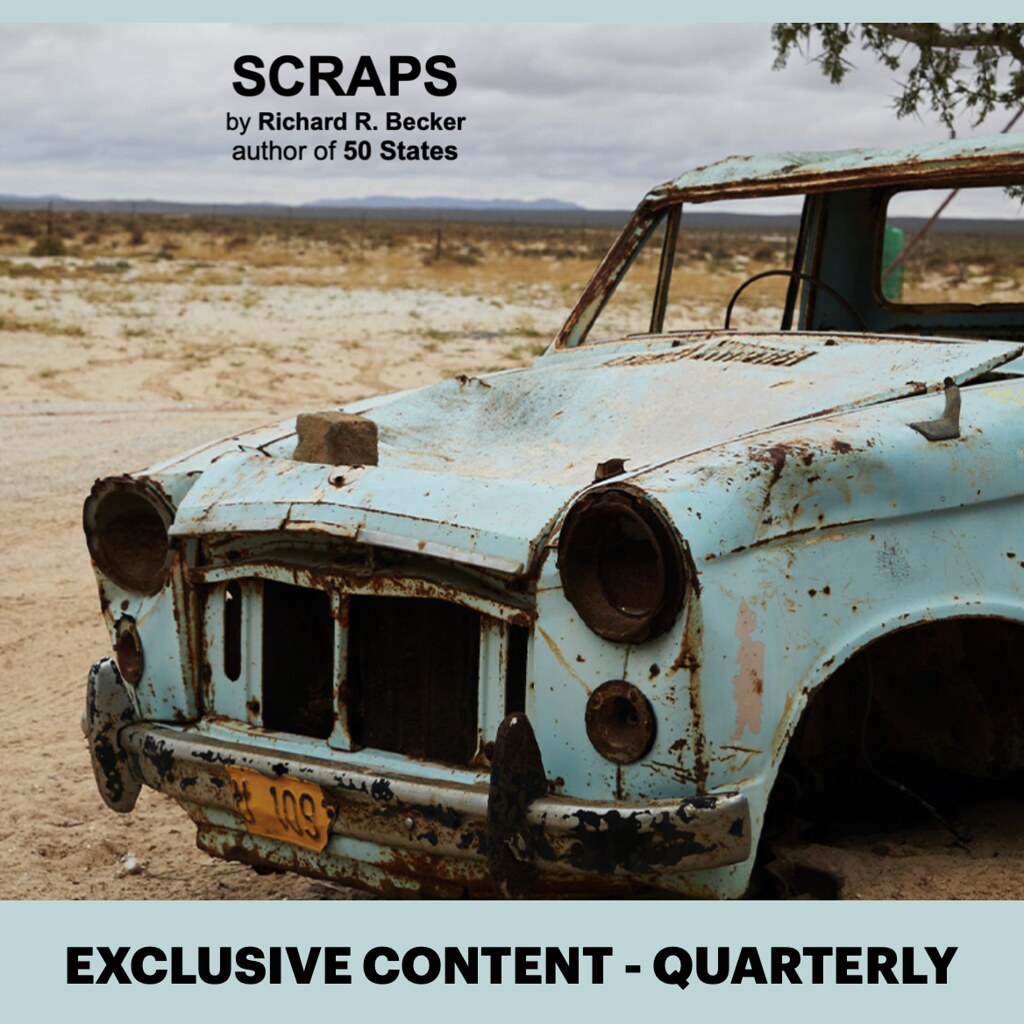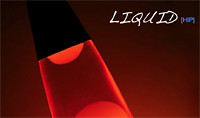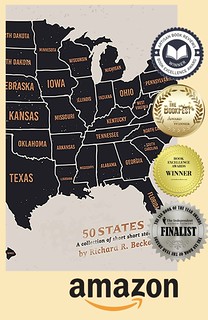When I was a teenager, I used to head out to Red Rock Canyon alone or with friends or with family and hike, climb, or explore this seemingly infinite slice of desert wilderness that frames a 13-mile scenic drive. (I still do.) But what used to make those early journeys so memorable is I always had a knack for choosing the most difficult routes to whatever destination we had in mind.
One time, my friends and I were out there climbing one of the various formations, and I spotted what seemed like the quickest route. It was a 100-foot rock wall with natural handholds carved into the sandstone, so I didn't think twice. I started climbing. It started raining. And because I was too far up to head back, I had no other option than to keep going — one of the most challenging, most frightening climbs of my life (no ropes).
It wouldn't be the first time. My education. My companies. My magazines. My blogs. My social networks. My classes. My partnerships. Most were done the hard way. No surprise. My first book would be too.
My publishing path. The hard way.
My company, Copywrite, Ink., is no stranger to publishing. We launched three publications we owned (shuttered one, sold one, still own one) and helped other publishers launch their own. So there was never any question that my company would publish my first fiction title and, possibly, subsequent titles.
This was especially true because I knew my first book would be a collection of short stories, and I had this idea to include a graphic chapter divider between chapters, playing to the voyeuristic feel of some stories. So it was a matter of which manufacturing platform I would use.
I chose Blurb. I chose it because it seemed like the easiest path to put out a book: free ISBN, print and digital distribution, etc. What caught my interest was Bookwright, which is a native app for Blurb, and especially good for books with graphics, illustrations, etc. If I were producing an illustrated children's book, I would consider them again. For 50 States, however, I'm already doing it differently.
Lessons learned, and still climbing.
1. If you have a publishing imprint, pass on the free ISBN. What authors or new indie publishers need to know before taking a free ISBN is that the printer or publishing partner (e.g., Blurb, Publishdrive, etc.) will list its own name as the publisher when the book is distributed. Amazon is a bit different. It will list it as independently published.
Purchase your ISBNs instead. They are not that expensive. You can purchase them in bulk, which is ideal because you'll need a new one for each format. Several companies can do it, but I'm using Bowker going forward. It is one of the best known and is very easy to use.
This will also negate a few other inconveniences with Blurb. Specifically, you cannot include an ISBN inside a Blurb-produced book because they are autogenerated during the process. And, if you do want to make a correction later, any modification will generate an entirely new ISBN, which is less than ideal.
2. Always file for copyright before publication. Ingram Spark, Amazon, Blurb, etc. have made publishing so easy that you can publish before you file for a copyright. However, there may be instances later down the line when a copyright is required. Since it could take weeks or months before it is cleared (unless you pay a hefty expedite fee), you don't want to start the process when you need it.
This did happen to me. My audiobook production was held up for a few weeks because the platform required copyright paperwork as evidence of rights. I was fortunate that I could demonstrate that I own the rights to my work before the copyright claim cleared, but trust me when I say having one sooner would have been a lot easier.
Likewise, make sure to submit your book to the Library of Congress ahead of time if it's eligible. (Note: digital exclusive books do not qualify for PCNs.) You can work to get a book cataloged after the fact, but it's much easier to use the pre-pub application system.
3. Not all print and digital combinations are equal. I didn't know Blurb's digital editions are fixed format. A fixed format digital book makes a lot of sense for illustrated children's books. It's not ideal for a short story collection or novel, which works better with an auto-flow format.
Almost immediately after publishing, I had to convert 50 States to an autoflow format fit for Kindle and then something that would work for Nook, Apple, Kobo, etc. There was no benefit in having Blurb distribute the book digitally, although I have left a fixed format edition on its site.
4. Kindle Unilimted is a Kindle Select exclusive. Allowing Blurb to release a digital version of 50 States negated my ability to take Kindle Select promotional opportunities for a test drive, including Kindle Unlimited. It would have been nice to reach that audience with the debut.
No worries. I'll have time to work it out. My next collection — a shorter 10-story collection that continues and intersects with some of the stories inside 50 States — will be released as a Kindle-only exclusive. I'm expecting to release it soon, shortly after or in conjunction with the audiobook edition of 50 States.
5. There are better cover options available elsewhere. The trade paperback published with the help of Blurb is a quality product. However, there were some limitations. The most obvious was the lack of a matte trade paperback. Again, a gloss cover is ideal for children's books, but I prefer matte for literature.
Since the release of my book, I've slowly shifted to asking online purchasers to order the Amazon print editions of 50 States — a trade paperback and laminate hardcover — or the newly released hardcover with dust jacket cover and trade paperback available elsewhere through Ingram Spark. For anyone ordering from me direct, I'm still selling a few dozen copies from the orginal run (as are a few bookstores).
Incidentally, I did order a hardcover with a dust jacket copy from Blurb too. I have the only one that will ever be produced. There was no imprint on the spine and some pages were loose, which is why I turned to Ingram Spark for off-Amazon publishing. The new book looks great.
Lessons learned, and enjoying the experience.
I've been very fortunate that my book has been and continues to be well-received despite skipping a pre-publishing review period and amassing preorders. (I'll address those and other lessons another time.)
As for publishing, while there are other options, I'm leaning toward Amazon as a primary partner and Ingram Spark as a partner for all print outside of Amazon. Digital can be managed effortlessly with Apple, Nook, and Kobo direct. And then there are other vehicles like PublishDrive if you are interested in targeting libraries or other independent digital bookstores.
The most important thing is seeing steady book sales and satisfied readers at the end of the day. Everything else is just an experience, good or bad, to look back on and smile.
It isn't any different than climbing that rock wall when I was a kid. My friends might have found a different route during my struggle and beat me to the top, but it didn't detract from my, albeit foolhardy, accomplishment. It was an experience that taught me a lot more than reaching a destination.























